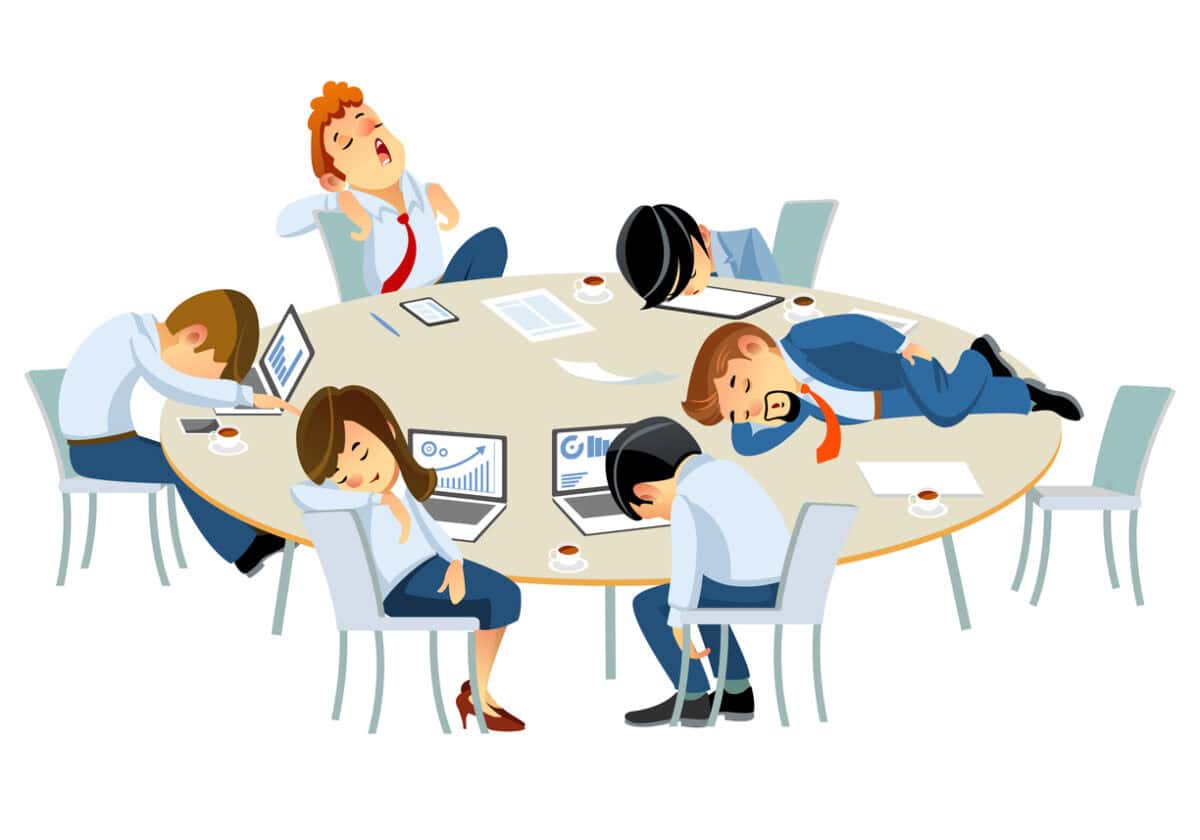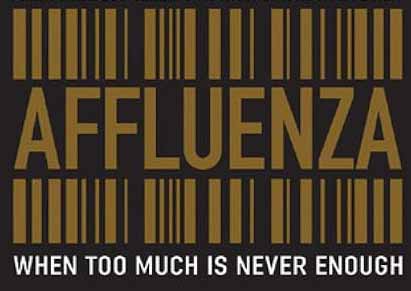The need for occupational health and safety (OHS) to adapt to the changing (deteriorating) global climate has long been discussed. This discussion may spike later this month with this year’s World Day of Health and Safety theme, the somewhat fatalistic “Ensuring safety and health at work in a changing climate“. Rather than look closely at the ILO global report on this issue, clearer discussion may be found in the latest edition of HesaMag with its special report on “Workers and the climate challenge” from the European Trade Union Institute.
Category: health
UK’s fit note initiative is a short-term attempt at a fix
On April 19 2024, United Kingdom’s Prime Minister Rishi Sunak made a major speech about welfare reform and mental health. The UK has a strong tradition of public health support through its National Health Service, which always seems to be underfunded and under-resourced but holds huge cultural and medical significance in the community. Mental ill-health has increased enormously over the last decade, as it has in countries like Australia, which is currently undergoing significant industrial relations reforms. However, what is missing from the PM’s speech and some of the subsequent analysis is that work is controlled by employers, so what does PM Sunak expect employers to do to help?
The occupational context of burnout is largely missed in this new book about exhaustion
Burnout continues to have its moment in the sun. It is the cover story of the February 2024 edition of Psychology Today and is a major theme in a new book about exhaustion. The World Health Organisation’s (WHO) declaration of burnout as an “occupational phenomenon” is downplayed or ignored in both publications.
The fluctuating grey zone of compliance
The occupational health and safety (OHS) profession operates within the legislative context of “so far as is reasonably practicable“, that band of compliance, that non-prescriptive, performance-based flexibility offered to employers to encourage them to provide safe and healthy workplaces. It could be said that OHS was easier forty years ago because the compliance band was thinner, and in some cases, compliance was determined by specialist OHS inspectors on the day of the visit.
Today, that compliance band fluctuates and can be affected by community values and expectations, as shown in a recent discussion about sexual harassment at Australia’s Fair Work Commission.
Don’t be a slouch on workstation ergonomics
Office ergonomics is one of the most misunderstood and misrepresented areas of occupational health and safety (OHS). The issue of posture was discussed in an article in the New Yorker on April 15, 2024, based on a new book – “Slouch: Posture Panic in Modern America” by Beth Linker. Rebecca Mead writes that Linker analyses a time when:
“… at the onset of the twentieth century the United States became gripped by what she characterizes as a poor-posture epidemic: a widespread social contagion of slumping that could, it was feared, have deleterious effects not just upon individual health but also upon the body politic. Sitting up straight would help remedy all kinds of failings, physical and moral, and Linker traces the history of this concern: from the exchanges of nineteenth-century scientists, who first identified the possible ancestral causes of contemporary back pain, to the late-twentieth-century popularity of the Alexander Technique, Pilates, and hatha yoga.”
links added
A good working-from-home book… finally
One of the most appealing little occupational health and safety (OHS) crossed my desk the other day. It is a small, cheap book called “Work Well From Home – Staying Effective in the Age of Remote and Hybrid Working“. Although this updated edition was published in 2023, its appeal is that it is a reissue from 2005 when the advice is largely pre-COVID, pre-broadband service, pre-Zoom, and pre- lots of issues that now seem to complicate working from home.
An economics perspective on overwork
As Ingrid Robeyns’ Limitarianism book hits the Australian bookshops, an earlier examination of the role of excessive profits of “affluenza” from 2005 is worth considering. How does this relate to occupational health and safety (OHS)? The prevention of harm and the reduction of risk are determined by employers deciding on what they are prepared to spend on their workers’ safety, health, and welfare. Employers are looking desperately for effective ways to meet their new psychosocial harm prevention duties. Economists identified strategies in 2005.







